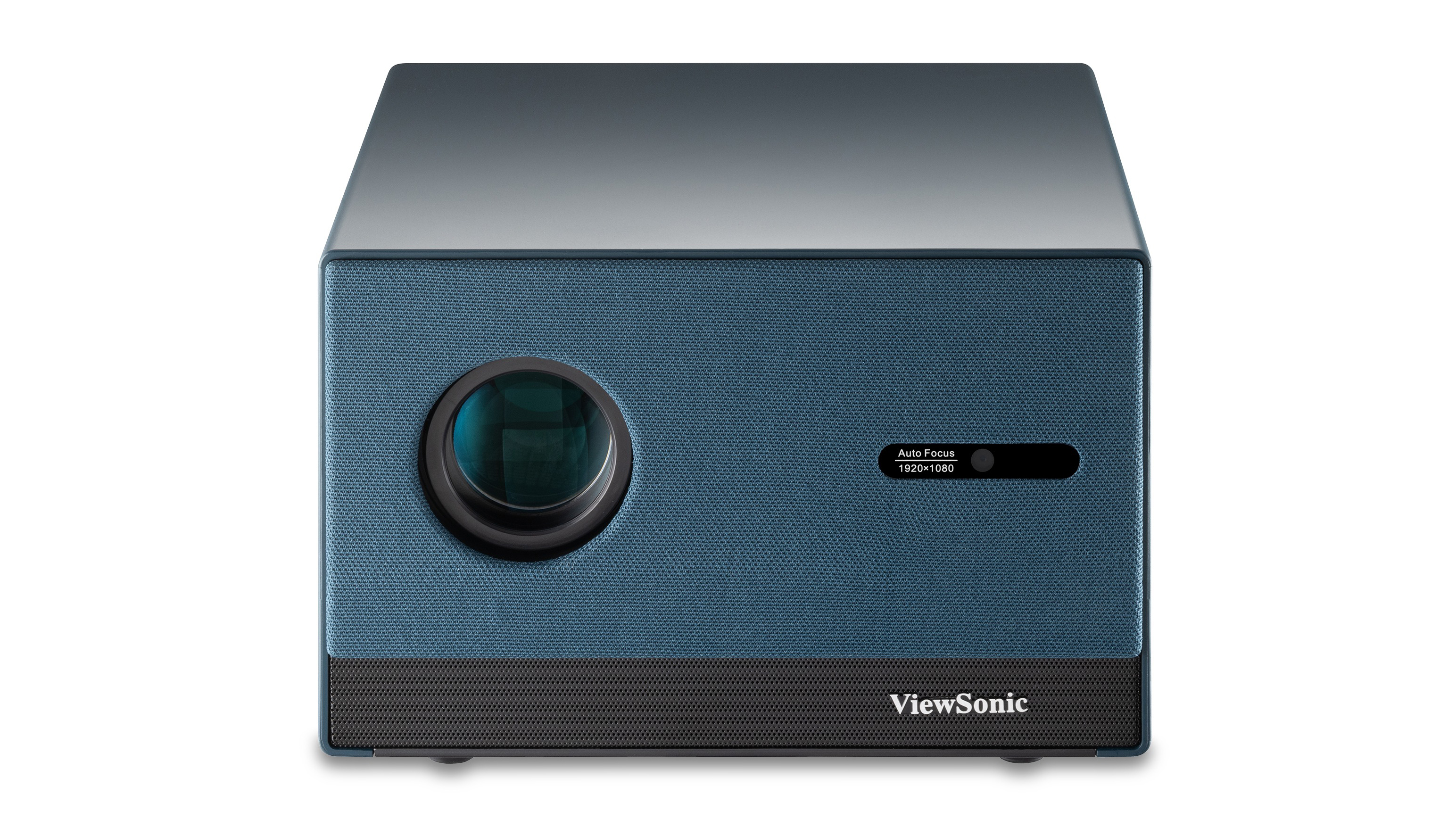Network Design Considerations

When designing and implementing a network for a fixed installation there are some key questions that need to be evaluated. These questions will determine the proper approach for the project. Just as there is no single speaker that works for every application, there is no single network design that works for every application. The basic questions are:
- What is the bandwidth required; especially if using network digital audio transport?
- How many locations need to have network connections?
- Will this audio network be connected to the internet or the rest of the client’s network?
- Will one want to control the system wirelessly?
- Should the system use static or dynamic address?
From these questions one is able to decide the basic approach. If the project entails setting up in one location, it can be fairly simple. Count up the number of devices on the network— don’t forget the computer and a spare one for a laptop— and select a switch that has at least that number of ports. To connect multiple locations, a switch that has fiber interconnection can be useful for longer distances.
These seven racks of networked CTs8200 are receiving all of their audio via CobraNet. This picture shows 336 channels of amplification, all under network control and monitoring.
If this network needs to be connected to another network, the need for a router or gateway added to the system is important. These terms are often used interchangeably, but there are slight differences. An overview is that a gateway allows for multiple networks to be connected, a router allows for the routing and filtering of data across multiple networks. The addition of a router is not beneficial just for connecting to other networks, its filtering capabilities allow for the stopping of audio traffic going on to other networks. These other networks might not be able to handle the bandwidth demands of digital audio. For instance, a wireless access point can be overwhelmed by CobraNet.
If one is connecting with other networks, the decision to use static or dynamic address (DHCP) might already be made. Check with the administrator of the network. The advantage of using DHCP is that addresses do not need to be set for each device, however during troubleshooting it can be helpful to know the IP address of the devices. When one is using a device with a display, such as a Crown I-Tech HD, it can be easy to set and read the address. For devices without a display, such as a Crown CTs with a USP4, it is important to document the addresses. Choosing the static IP addresses can be based on the location of the unit so that the IP address contains information such as the floor, room or rack number.
A daily selection of the top stories for AV integrators, resellers and consultants. Sign up below.
